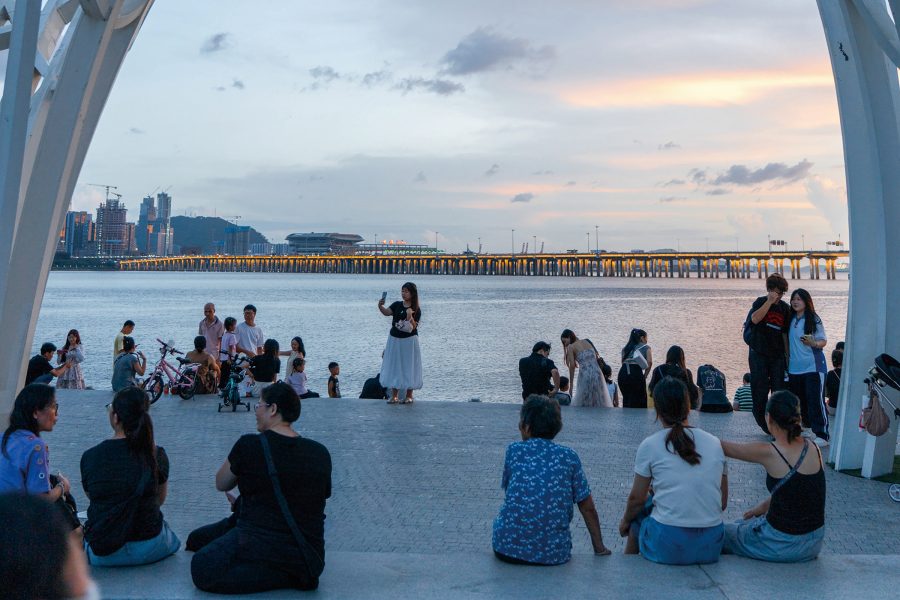As dawn breaks, office workers weave through terraced gardens and stream into gleaming skyscrapers. Buses and cars – some driven, others autonomous – create a symphony of motion. With its twisting super towers, AI-powered infrastructure and world’s largest indoor ski park, Qianhai has transformed from a business district founded in 2010 in western Shenzhen into a blueprint for future living.
During its 15th anniversary celebrations in August, the Qianhai Shenzhen-Hong Kong Modern Service Industry Cooperation Zone marked its eightfold expansion since its launch. Now spanning over 120sq km, it stretches to Shekou, the Shenzhen World Exhibition and Convention Center and the area surrounding Bao’an International Airport. More than 10,000 enterprises with Hong Kong investment have been drawn to Qianhai by its business-friendly policies and balance of technology, modern living and leisure.
At the core of this development is “Penguin Island“ – Tencent’s new global HQ, named after its mascot – a CNY31.9 billion (US$4.5 billion), 81-hectare peninsula of sustainable sci-fi architecture and digital ambition. “More than a headquarters, Penguin Island is a reimagining of how we live, work and connect,” the company says. Once completed next year, it’ll be open to the public.
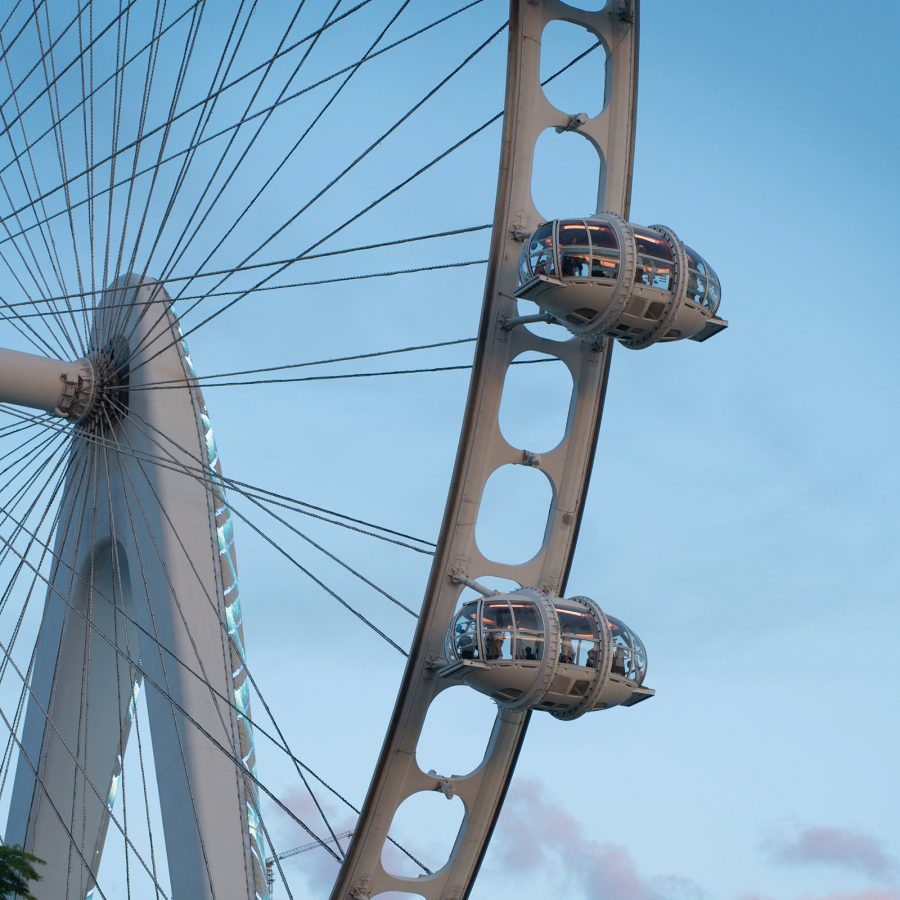
Credit: Hym Chu
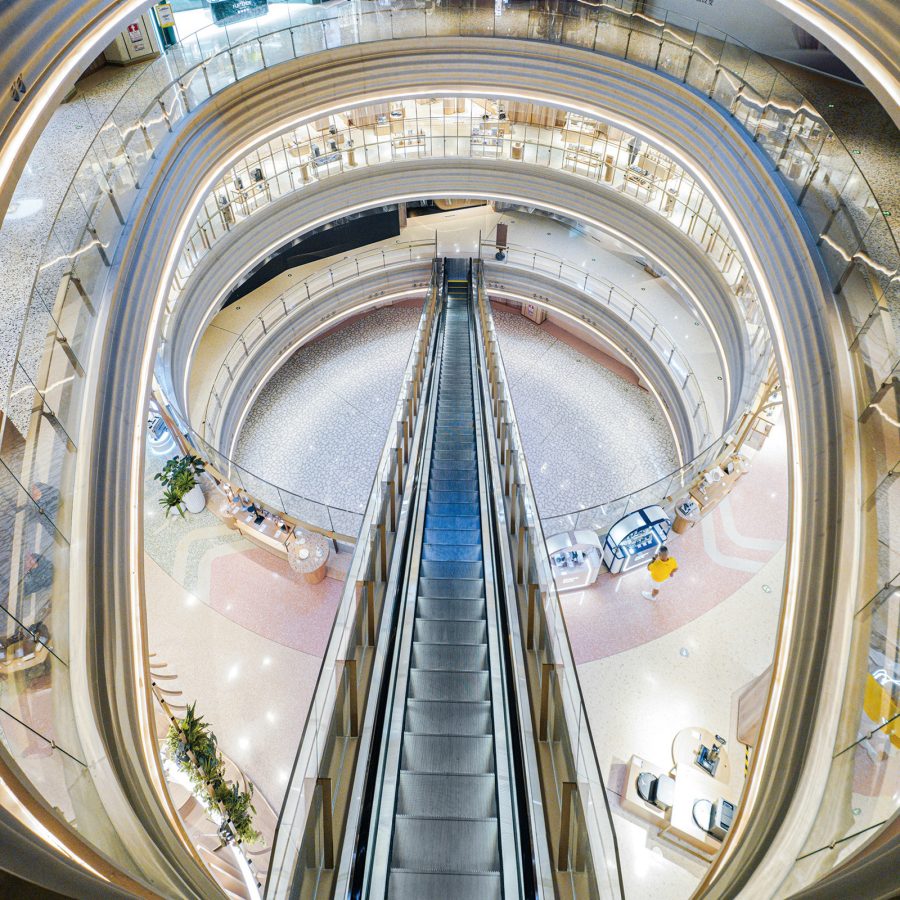
Credit: Hym Chu
Why Qianhai attracts newcomers
Qianhai’s appeal lies in its duality: a tech-forward powerhouse with a human-centred lifestyle. Young entrepreneurs from Hong Kong are setting up shop in the Qianhai Shenzhen-Hong Kong Youth Innovation and Entrepreneurship Hub, an incubator offering grants, subsidies and tailored support.
Unique policies encourage cross-border business activities and innovation, making it easier for companies from both regions to thrive. A backbone of specialist practitioners – from doctors to solicitors – supports a residential population centred on young professionals and families. Seamless transport links by land and sea keep the region fluid and connected.
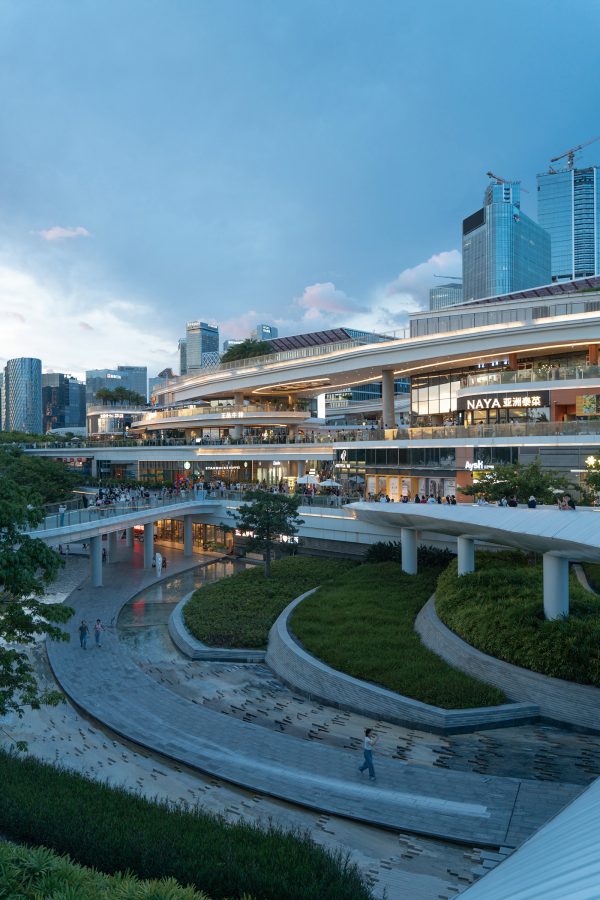
Credit: Hym Chu
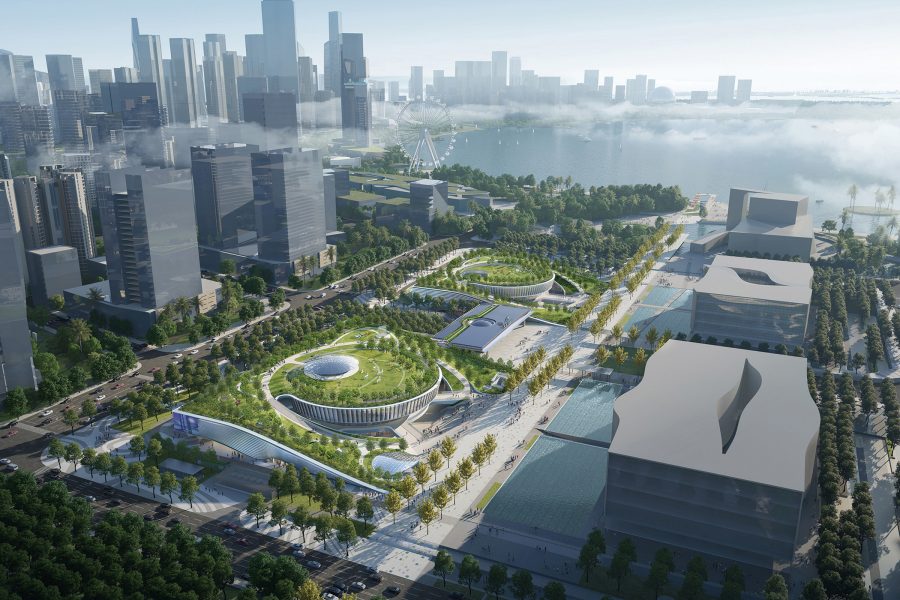

Credit: Hym Chu
Qianhai’s modern urban design
Qianhai Cooperation Zone’s urban choreography is deliberate. Leafy promenades, cultural enclaves and design-led retail spaces offer respite from the city’s intensity. At K11 Ecoast, a cruise-ship-inspired mall by OMA, David Chipperfield Architects and Sou Fujimoto, art toy creators and married couple Ken Chan and Yoyo Yeung recently hosted a pop-up. “The energy here is infectious,” says Chan. “Qianhai’s development perfectly suits our needs – for living and entrepreneurship. Every time I return and see the new skyscrapers, I feel the excitement of entering a modern cityscape – and pride in being part of its growth.”
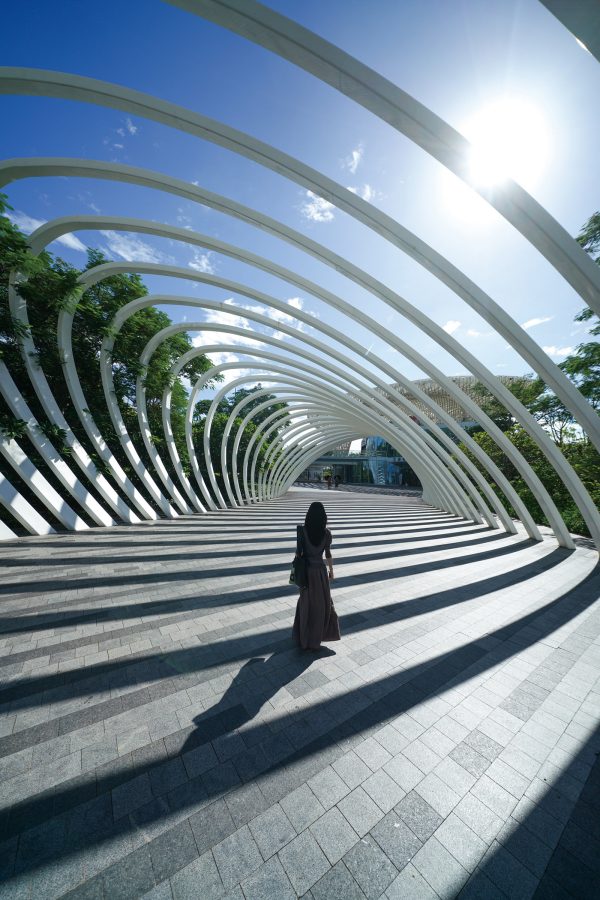
Credit: Hym Chu
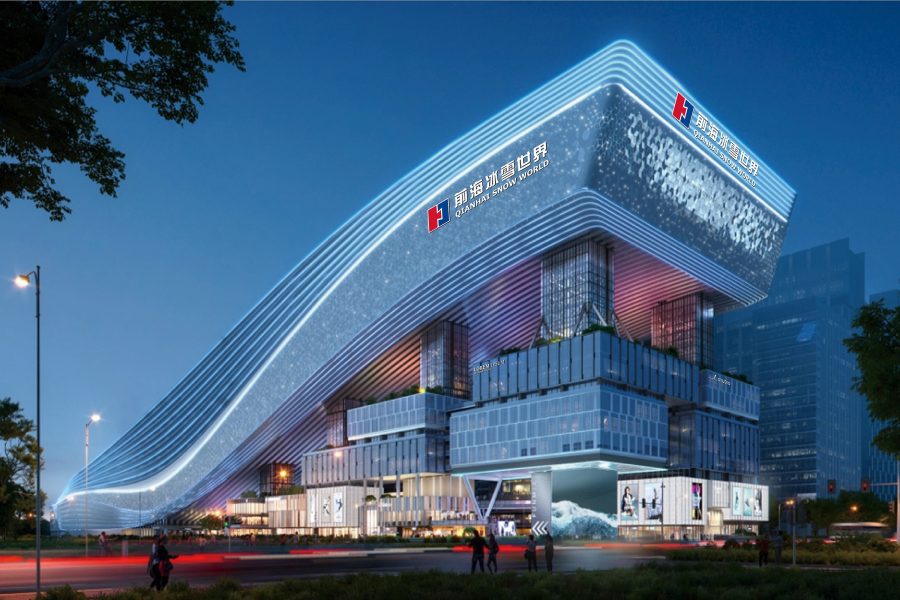
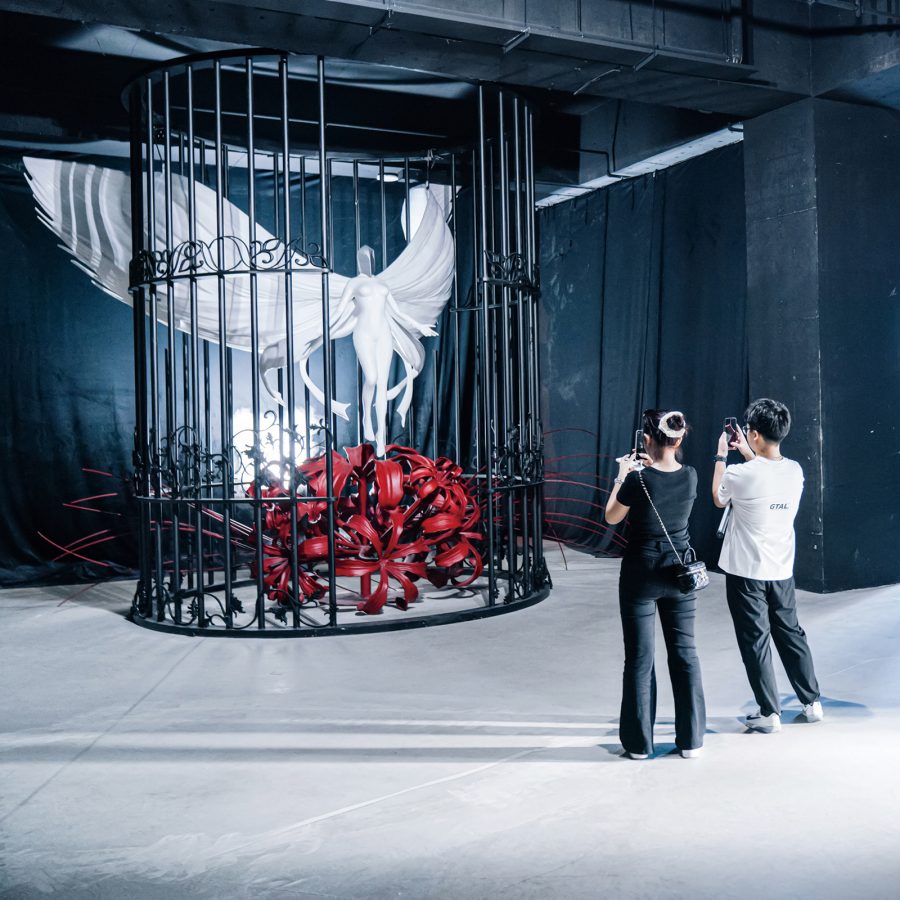
Credit: Hym Chu
Qianhai’s public transport and entertainment
For the tech-savvy, innovation is everywhere. Qianhai is home to the Chinese Mainland’s first large-scale AI-controlled public transport system. Four regular bus routes have been in testing since August 2024, reportedly improving both traffic safety and efficiency in the area. In the bay, the first unmanned AI vessel – jointly developed by teams from Shenzhen and Hong Kong – is being trialled as a new mode of marine tourism.
Elsewhere, the V&A Gallery at Sea World Culture and Arts Center is showing Banksy, while the Happy Harbour promenade draws weekend wanderers. More new malls, including MixC Qianhai and Uniway, offer stylish dining and retail experiences in lush, walkable settings. Eyes of the Bay Area, a multi-storey complex comprising a pair of cylindrical structures covered in greenery, houses the world’s largest bookshop, which opened in September.
Once the morning rush subsides, Qianhai transforms. Elderly couples stroll to upscale dim sum restaurants, while travellers explore unique design stores and young digital nomads find cosy corners in chic cafés.
Evenings in Qianhai unfold along the harbourfront, where young locals gather outside the V&A Gallery’s waterfront restaurant, jukebox tunes drifting on the sea breeze. Also opened last month, Shenzhen Qianhai Snow World, the world’s largest indoor ski park, adds an adventurous new angle to time spent in the district.

Credit: Hym Chu
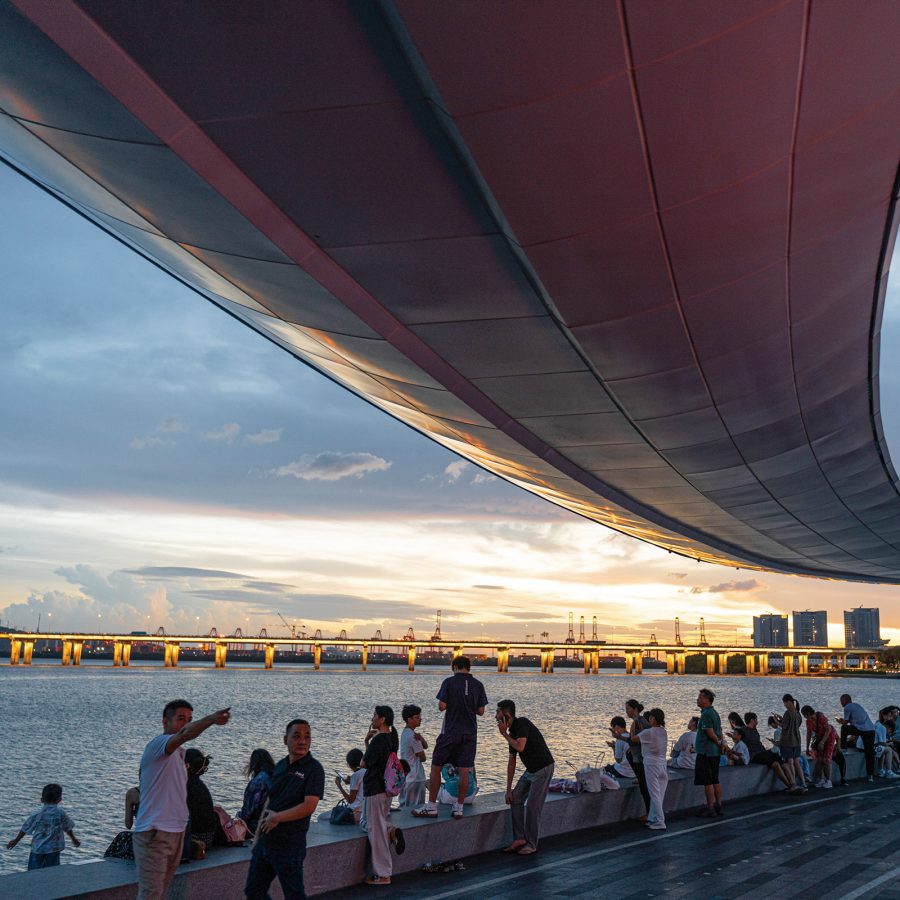
Credit: Hym Chu
How Qianhai is adapting to new lifestyle values
For those seeking a pause, the small but cosy Qianhai Guiwan Park and the Happy Harbour promenade offer quiet corners and cinematic sunset views over Tencent‘s headquarters – the emblem of a district rapidly becoming the Chinese Mainland’s next great urban engine.
Qianhai’s transformation is testament to a district that dares to imagine what a city can be when innovation, design and community are given equal weight. As its skyline continues to stretch upwards, it sets the stage for a new era of urban living and collaboration at the heart of the Greater Bay Area.
“Looking back, it’s astonishing how far we’ve come,” Chan reflects. “There’s a sense of steady momentum here – people and place evolving together towards something extraordinary.”
A new digital chapter for Cathay Pacific
In the centre of Shenzhen’s shimmering innovation zone, Cathay Pacific has unveiled its largest Chinese Mainland office – a 25,000sq ft digital and IT hub designed to spark collaboration across the Greater Bay Area. Opened in July in the Qianhai Kerry Centre, the new space is a launchpad for aviation’s digital future, featuring Cathay Pacific’s first Innovation Space for tech R&D and product showcases. As Cathay Pacific doubles its tech team and deepens ties across Hong Kong, Guangzhou and Shenzhen, Qianhai becomes the canvas for its next chapter of transformation.
Qianhai in numbers
Last year, Qianhai’s GDP topped CNY300 billion (US$42 billion), a 8.6 per cent year-on-year increase. The total value of imports and exports within the region exceeded CNY700 billion (US$98 billion). More than 9,000 technology companies and 150 engineering labs and tech centres now call Qianhai home.
More inspiration
- China – the Chinese Mainland, Hong Kong SAR, Macao SAR and Taiwan Region
- Hong Kong SAR - English
- Chinese Mainland (China) - English
- Taiwan, China - English
- 香港特別行政區 - 繁體中文
- 中国內地 - 简体中文
- 中國台灣 - 繁體中文
- Africa
- South Africa - English
- Asia
- Bangladesh - English
- Korea - English
- Singapore - English
- Cambodia - English
- 한국 - 한국어
- Sri Lanka - English
- India - English
- Malaysia - English
- Thailand - English
- Indonesia - English
- Maldives - English
- ประเทศไทย - ภาษาไทย
- Indonesia - Bahasa Indonesia
- Myanmar - English
- Vietnam - English
- Japan - English
- Nepal - English
- Việt Nam - tiếng Việt
- 日本 - 日本語
- Philippines - English
- Australasia
- Australia - English
- New Zealand - English
